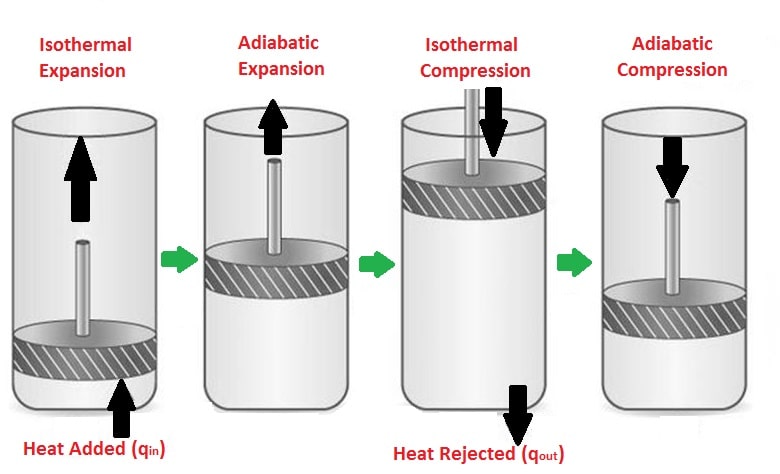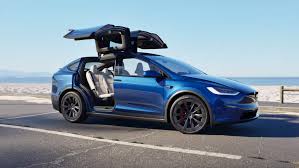HISTORY OF CARS
The automobile was first invented and perfected in Germany and France in the late 1800s, though Americans quickly came to dominate the automotive industry in the first half of the twentieth century. Henry Ford innovated mass-production techniques that became standard, and Ford, General Motors and Chrysler emerged as the “Big Three” auto companies by the 1920s. Manufacturers funneled their resources to the military during World War II, and afterward automobile production in Europe and Japan soared to meet growing demand. Once vital to the expansion of American urban centers, the industry had become a shared global enterprise with the rise of Japan as the leading automaker by 1980.
Although the automobile was to have its greatest social and economic impact in the United States,
it was initially perfected in Germany and France toward the end of the nineteenth century by such
men as Gottlieb Daimler, Karl Benz, Nicolaus Otto and Emile Levassor.
.jpeg)
HISTORY
The 1901 Mercedes, designed by Wilhelm Maybach for Daimler Motoren Gesellschaft,
deserves credit for being the first modern motorcar in all essentials.
Its thirty-five-horsepower engine weighed only fourteen pounds per horsepower,
and it achieved a top speed of fifty-three miles per hour. By 1909, with the most integrated automobile
factory in Europe, Daimler employed some seventeen hundred workers to produce fewer than a thousand cars
per year.
FORD MODEL T
Given the American manufacturing tradition, it was also inevitable that cars would be produced in larger volume at lower prices than in Europe. The absence of tariff barriers between the states encouraged sales over a wide geographic area. Cheap raw materials and a chronic shortage of skilled labor early encouraged the mechanization of industrial processes in the United States.
This in turn required the standardization of products and resulted in the volume production of such commodities as firearms, sewing machines, bicycles, and many other items. In 1913, the United States produced some 485,000 of the world total of 606,124 motor vehicles.
The Ford Motor Company greatly outpaced its competitors in reconciling state-of-the-art design with moderate price. Cycle and Automobile Trade Journal called the four-cylinder, fifteen-horsepower, $600 Ford Model N (1906-1907) “the very first instance of a low-cost motorcar driven by a gas engine having cylinders enough to give the shaft a turning impulse in each shaft turn which is well built and offered in large numbers.” Deluged with orders, Ford installed improved production equipment and after 1906 was able to make deliveries of a hundred cars a day.
Encouraged by the success of the Model N, Henry Ford was determined to build an even better “car for the great multitude.” The four-cylinder, twenty-horsepower Model T, first offered in October 1908, sold for $825. Its two-speed planetary transmission made it easy to drive, and features such as its detachable cylinder head made it easy to repair. Its high chassis was designed to clear the bumps in rural roads. Vanadium steel made the Model T a lighter and tougher car, and new methods of casting parts (especially block casting of the engine) helped keep the price down.
Committed to large-volume production of the Model T, Ford innovated modern mass production techniques at his new Highland Park, Michigan, plant, which opened in 1910 (although he did not introduce the moving assembly line until 1913-1914). The Model T runabout sold for $575 in 1912, less than the average annual wage in the United States.
By the time the Model T was withdrawn from production in 1927, its price had been reduced to $290 for the coupe, 15 million units had been sold, and mass personal “automobility” had become a reality.

.jpeg)
ENGINE
The invention of an internal combustion engine which was later commercially successful was made during 1860 by Etienne Lenoir. In 1877, the Otto cycle was capable of giving a far higher power-to-weight ratio than steam engines and worked much better for many transportation applications such as cars and aircraft.
 ,
,
CARNOT ENGINE
The Carnot engine, devised by French physicist Sadi Carnot in 1824, embodies an idealized heat engine operating based on thermodynamic principles. It functions through a reversible cycle between two heat reservoirs, typically employing an ideal gas. Central to its concept is the theoretical maximum efficiency, determined solely by the temperatures of these reservoirs. The engine operates through four stages: isothermal expansion, adiabatic expansion, isothermal compression, and adiabatic compression. Despite its theoretical significance, practical Carnot engines face challenges such as frictional losses, heat dissipation, and other inefficiencies, limiting their real-world application.

TYPES OF ENGINE
.jpeg)
An external combustion engine (EC engine) is a heat engine where an
(internal) working fluid is heated by combustion in an external source,
through the engine wall or a heat exchanger. The fluid then, by expanding
and acting on the mechanism of the engine, produces motion and usable
work. The fluid is then cooled, compressed and reused (closed cycle), or
(less commonly) dumped, and cool fluid pulled in (open cycle air engine).
Reciprocating Engine
A reciprocating engine, also often known as a piston engine, is a heat
engine that uses one or more reciprocating pistons to convert pressure
into a rotating motion. This article describes the common features of all
types. The main types are: the internal combustion engine, used
extensively in motor vehicles; the steam engine, the mainstay of the
Industrial Revolution; and the niche application Stirling engine
Rotary Engine
A rotary engine is essentially a standard Otto cycle engine, but instead of
having a fixed cylinder block with rotating crankshaft as with a conventional
radial engine, the crankshaft remains stationary and the entire cylinder
block rotates around it. In the most common form, the crankshaft was fixed
solidly to an aircraft frame, and the propeller simply bolted onto the front of
the crankcase.
MODERN DAY CARS AND EVs

For more car facts and other interesting topic
follow robinspc @neocities
THANK YOU
FOR INFORMATION
MAIL @spcjotpotpo@gmail.com
.jpeg)

.jpeg)
 ,
,
.jpeg)
